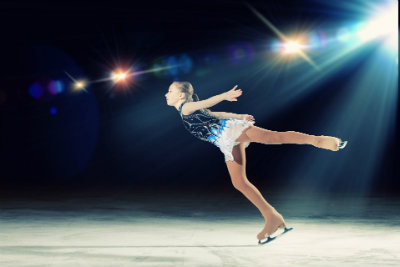There seems to be a great divide in the American public’s awareness of movement.
When it comes to watching sports, like the recent Winter Olympics in Sochi, the American viewing public seems perfectly happy to witness a progressive process of change. This appreciation of movement as movement accounts for the popularity of events like downhill skiing, figure skating, and ice dance, where Bergson’s “flux and continuity of transition” are particularly obvious.
When it comes to everyday activities, this appreciation evaporates. Movement is omnipresent in working and conversing. It may be less obviously patterned and spectacular than movement in sport and dance, but there is still progressive development, fluctuation, and continuity over time. Nevertheless, when the American public turns its attention to common action, it demands that movement be reduced to “body language” – a simple set of snapshots with fixed meanings. The most important aim of studying movement in everyday life seems to be the production of a “How-to-Do-It” book on seduction, discerning lies, or gaining popularity. 
Popularity itself is seductive. Even people who are very serious about understanding nonverbal behavior, like Albert Scheflen, resort to the use of the term “body language.” However, translating serious movement study into body language terms can backfire.
That is why I am starting the “Boycott Body Language” initiative. Find out why in my next blog.
